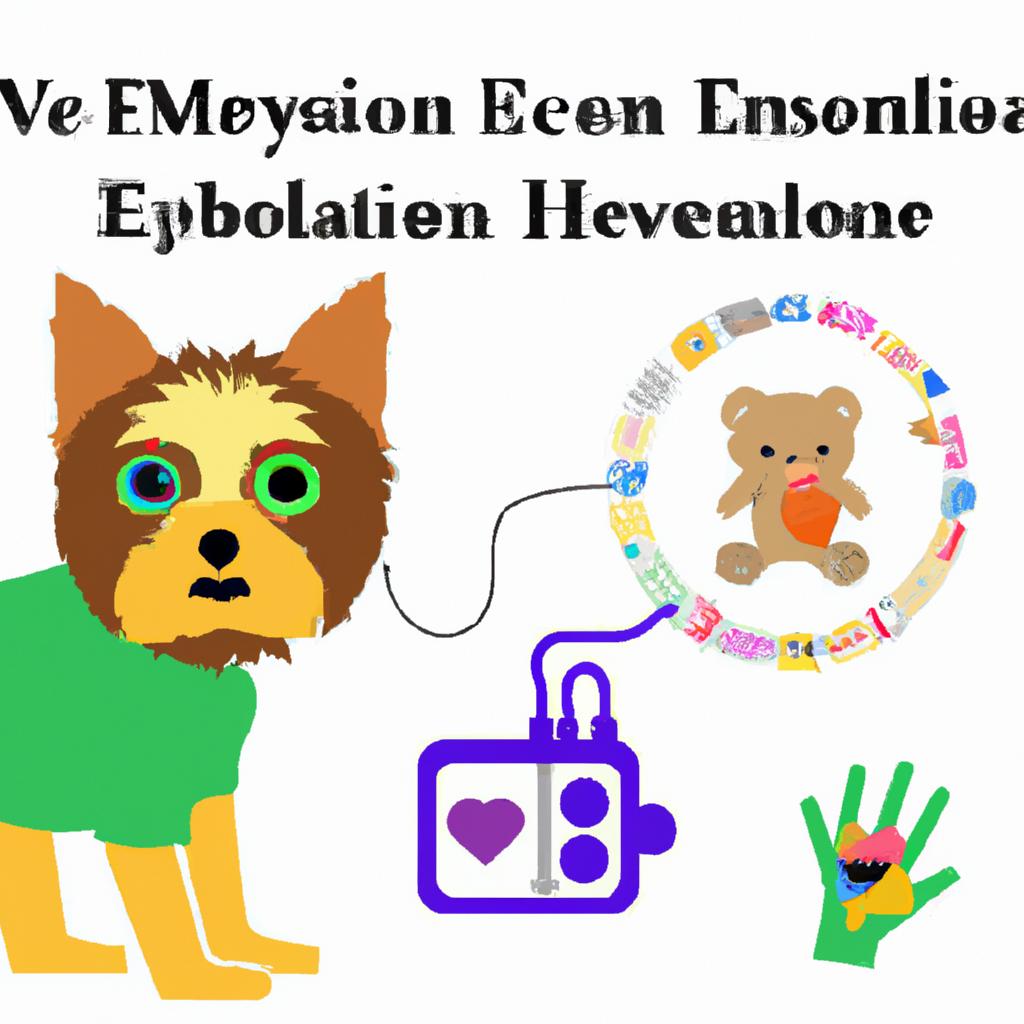In an age where technology seamlessly intertwines with our everyday lives, the concept of companionship has evolved beyond the traditional bounds of pet ownership. Electronic pets—ranging from interactive robotic companions to virtual reality creatures—have surged in popularity, captivating the hearts of both young and old. These digital companions promise joy, entertainment, and, for some, a bridge to the realities of pet care without the associated responsibilities. Yet, as we embrace these innovations, a pivotal question emerges: Are we celebrating a newfound form of entertainment, or are we witnessing a subtle decline in our collective sense of responsibility? In this exploration, we delve into the world of electronic pets, unpacking their allure while scrutinizing the implications of substituting biological bonds for programmed interactions.
Exploring the Emotional Connections: How Electronic Pets Shape Human Interactions
As electronic pets continue to evolve, they forge unique emotional connections that can rival those formed with traditional pets. **These digital companions can provide comfort, companionship, and even emotional support**, often serving as a bridge for individuals seeking connection in a modern world dominated by screens. The blend of advanced technology, interactivity, and emotional cues—like purring or tail wagging—evokes real feelings among users, leading to the development of robust social interactions. Research indicates that digital pets may particularly benefit demographics such as the elderly, children, and individuals with mental health challenges, as they offer a sense of purpose and responsibility. Some key aspects influencing these connections include:
- Empathy Development: Interacting with electronic pets encourages users to express care and concern.
- Reducing Loneliness: They act as companions, mitigating feelings of isolation.
- Non-judgmental Relationships: Electronic pets provide unconditional acceptance, promoting emotional security.
To further illustrate the impact of electronic pets on social dynamics, consider the following comparison of interactions:
| Aspect | Traditional Pets | Electronic Pets |
|---|---|---|
| Emotional Response | Deep, genuine | Simulated, yet impactful |
| Maintenance Needs | High (feeding, grooming) | Minimal (charging, updating) |
| Interaction Level | Physical and social | Virtual and programmed |
Such dynamics reveal that while the essence of emotional support and interaction may vary, the presence of electronic pets inevitably shapes human experiences and relationships in the ever-evolving landscape of modern life.

Navigating Responsibility in a Digital Age: Balancing Entertainment and Genuine Companionship
In a world increasingly dominated by screens and digital experiences, the emergence of electronic pets raises compelling questions about human connection and responsibility. While these innovative companions offer a unique form of entertainment, their popularity may inadvertently signify a shift away from authentic relationships. By examining how we interact with these digital beings, we can better understand our evolving social landscape. Key considerations include:
- Emotional Engagement: Do electronic pets foster genuine emotional bonds similar to their living counterparts?
- Social Isolation: Are we leaning more on digital interactions at the expense of real-world relationships?
- Responsibility Shift: How does caring for a digital creature impact our sense of duty and accountability in relationships?
Additionally, the following table underscores the distinctions between electronic pets and traditional pets, illuminating their contrasting implications on companionship:
| Aspect | Traditional Pets | Electronic Pets |
|---|---|---|
| Maintenance | Requires physical care | Minimal upkeep |
| Emotional Connection | Deep and complex | Superficial |
| Social Skills Development | Encourages interaction | Potentially stunts growth |
| Entertainment Value | Varied and dynamic | Consistent but predictable |
As we navigate these questions, it becomes essential to assess not just the allure of electronic pets as entertainment, but also the implications they carry for our understanding of companionship and responsibility in a digitized reality.
Final Thoughts
As we navigate the landscape of technological evolution, electronic pets stand as both a reflection of our growing affinity for innovation and a mirror revealing our evolving social dynamics. While these digital companions showcase the extraordinary capabilities of artificial intelligence and interactive design, they also prompt us to ponder the implications of shifting responsibilities in our relationships with living beings. Are we genuinely enhancing our lives with these virtual companions, or are we inadvertently sidestepping the intricate duties that come with caring for a creature that breathes, feels, and requires our attention?
As creators and consumers alike explore the intersection of technology and companionship, it becomes essential to critically assess the role of electronic pets in our lives. They can offer entertainment and engagement, but they also challenge us to consider the values we uphold in nurturing relationships—both digital and real. Ultimately, the conversation surrounding electronic pets ought to encourage reflection, sparking a broader dialogue about our responsibilities in an age where screens often take precedence over genuine interaction. As we close this chapter on electronic pets, let us carry forward the lessons learned, weighing the joys of innovation against the irreplaceable bonds we share with the living beings that inhabit our world.


